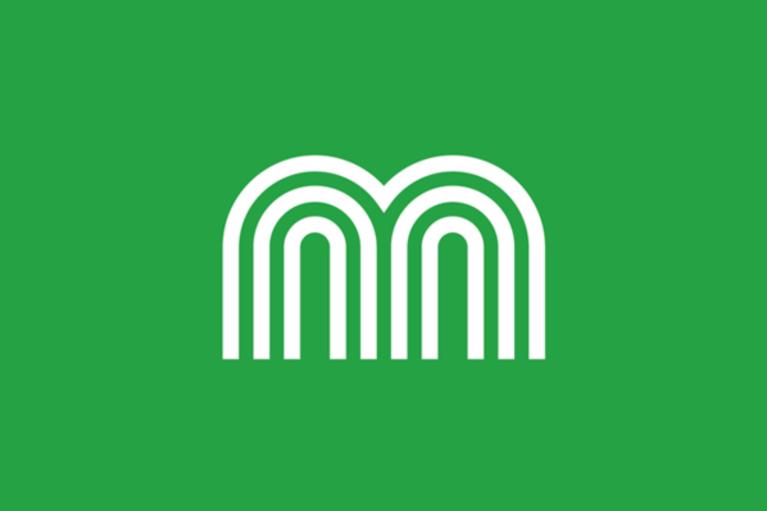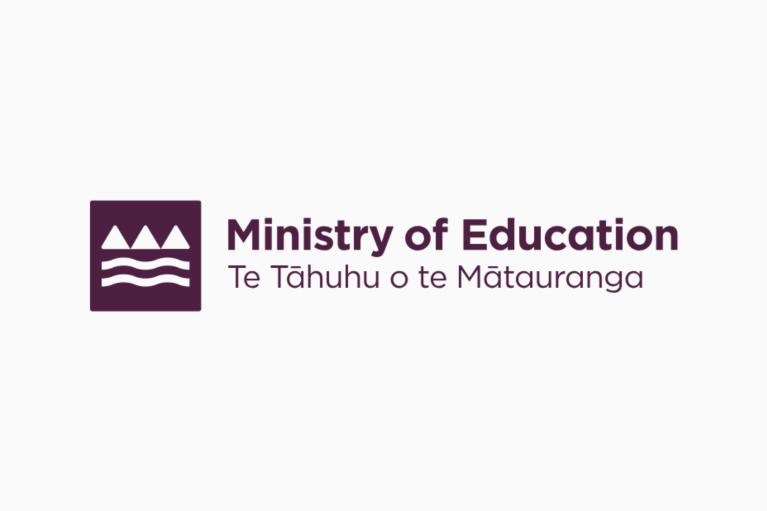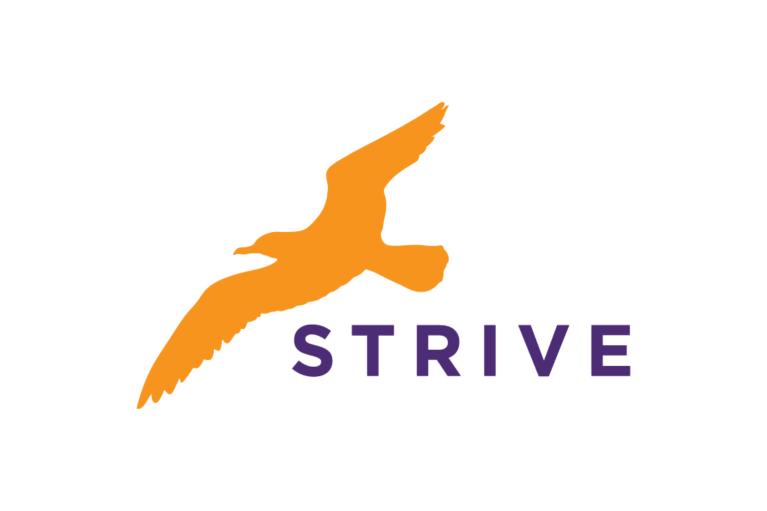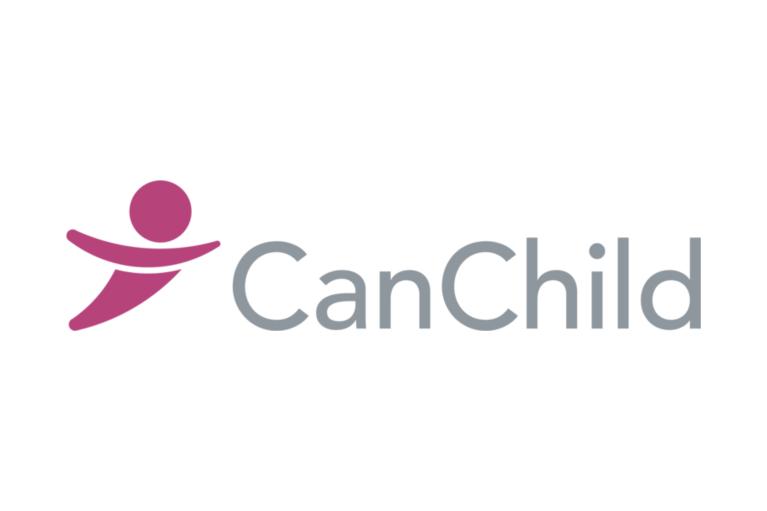Key points about Down syndrome in children
- Down syndrome is a genetic condition
- every child with Down syndrome is unique
- Down syndrome may affect a child’s learning, development and health
- tamariki (children) with Down syndrome can lead happy and fulfilling lives
What is Down syndrome?
Down syndrome is a condition where a baby is born with an extra copy of chromosome 21. This extra chromosome affects how the body and brain develop. It is also known as Trisomy 21.
In Aotearoa New Zealand, about 1 in every 1,000 pēpi (babies) are born with Down syndrome.
A bit about chromosomes
Chromosomes are tiny parts inside our cells that carry information about how our bodies grow and work. Most people have 46 chromosomes. People with Down syndrome have 47 chromosomes. This extra chromosome is the reason for the characteristics seen in Down syndrome.
There are 3 main types of Down syndrome
Trisomy 21
Trisomy 21 is the most common type. This results from a random event during formation of the egg or the sperm. The egg or the sperm has 2 copies of chromosome 21 instead of one.
Translocation Down syndrome
A copy of chromosome 21 is attached to another chromosome. 3 to 4% of people with Down syndrome have a translocation. This can be inherited from a parent who does not have Down syndrome, so it is important for the family to know about this.
Mosaic Down syndrome
Mosaic Down syndrome occurs in 1 to 2% of people with Down syndrome. In Mosaic Down syndrome, some cells have the usual number of chromosomes, and some have an extra chromosome 21. It may be harder to recognise Down syndrome in these tamariki.
The language you use is important
Please say “Down syndrome”, not “Downs”.
Please try “person with Down syndrome”, not “Down syndrome person”.
Avoid saying things like “suffering from”.
Focus on the child's abilities and strengths.
What causes Down syndrome
Down syndrome happens when a baby is born with an extra copy of chromosome 21. This usually happens by chance when the baby is first developing. It’s not caused by anything the parents did or didn’t do.
Diagnosing Down syndrome
Down syndrome can be diagnosed before or after birth.
Before birth
In Aotearoa New Zealand, midwives and other lead maternity carers (LMCs) offer all pregnant women screening tests. These tests screen for a range of conditions, including Down syndrome. Screening includes blood tests and ultrasounds.

Visit the Health NZ - Te Whatu Ora | Health New Zealand website to learn more about screening for Down syndrome in pregnancy.

See the HealthEd website for more information on screening and testing for Down syndrome and other conditions in pregnancy.
After birth
Health professionals examine all pēpi after birth. During the exam, they may notice characteristics that suggest Down syndrome. The health professional can send a blood test to the lab for a karyotype test. This test looks at the number of chromosomes a baby has. If there is an extra copy of chromosome 21, this confirms the diagnosis.
What Down syndrome may look like
Every child with Down syndrome is unique. Not all tamariki with Down syndrome have the same characteristics.
Physical characteristics
Tamariki with Down syndrome may share some physical characteristics, but they also look like their whānau (family).
Tamariki with Down syndrome may have some of the following physical characteristics:
- low muscle tone
- flexible joints
- extra skin on the back of the neck
- almond shaped eyes
- smaller ears
- shorter height
- a single crease across the palm of the hands
- a gap between the big toe and the second toe
- the nose may be smaller and flatter
Learning and development
Tamariki with Down syndrome learn and develop throughout their lives. Just as all tamariki do, they achieve milestones at their own unique pace. They may learn and process information differently and reach developmental milestones such as walking and talking later than their peers. But, they have a wide range of abilities and strengths.
Like all tamariki, they learn and grow through experience, relationships, and good support. Early intervention, inclusive education, and a nurturing environment play an important role in helping them reach their full potential. It's important to focus on their individual strengths and celebrate their achievements. Each child with Down syndrome has their own unique journey of development and learning.
Medical conditions
Many pēpi with Down syndrome are born fit and healthy. It's important for whānau to be aware of the range of medical conditions that can happen, so they can get help for their child when needed. Regular health checks can help to pick up and manage any concerns early.
The list of possible health issues can feel overwhelming, but many may never happen or only cause mild problems.
Some of the medical conditions that tamariki and rangatahi (young people) with Down syndrome may experience can impact their:
- hearing
- vision
- feeding and swallowing
- immunity
- digestive tract
- skin
- heart
- teeth and mouth
- weight
- sleep
- hormone systems
- fertility
Support for children with Down syndrome
Supporting tamariki with Down syndrome includes emotional, educational, physical and social support. Empowering, supporting and educating whānau is the most important part of care. You can expect to meet a range of health professionals on your child’s journey. They will talk with you about how they can help your child.
Early intervention
Early intervention is specialised support for pēpi and tamariki who need more help. Early intervention can include therapies, supports and education. Support is most effective when it starts early. Early intervention therapists and teachers can all help your baby to learn through play.
Speech and language therapy
Communication
Speech and language therapists help with communication. This includes speech production, use of language and understanding of language. Good communication skills can help tamariki learn positive behaviours.
Many young tamariki with Down syndrome use Makaton to help them communicate. Makaton uses signs from New Zealand Sign Language (NZSL) alongside spoken words. These signs help tamariki understand and remember words more easily. It supports their learning and talking.

Makaton is a communication programme, especially designed to help children and adults with communication and learning difficulties to better understand speech and develop their own communication skills. See their website to learn more.
Chewing and swallowing
Speech and language therapists may also provide help with feeding, eating, drinking or saliva management.
Many young tamariki with Down syndrome may take a bit longer to develop the muscles and coordination for eating and drinking. Being able to eat and drink safely is really important. A speech and language therapist can support your child’s feeding and swallowing development.
Physiotherapy and occupational therapy
Physiotherapists and occupational therapists can support tamariki with:
- development of motor skills - such as sitting and walking
- learning to play
- having fun growing up as a child
- learning to be independent with daily living activities such as eating and getting dressed
Helpful tools and technologies
There are lots of tools and technologies that can help tamariki with Down syndrome do things more easily and independently. These tools may include seating that helps your child to sit well. They may also include special cups, spoons, or clothes that are easier to manage. Some tamariki use picture boards, apps, or voice devices to help with using language and understanding. These tools can support learning, daily tasks, and communication.
Physiotherapists, occupational therapists and speech-language therapists can help you find tools for your child. They can also teach you and your child how to use them.
Education support
All tamariki with Down syndrome in Aotearoa, New Zealand have the right to go to school. They can go to their local school, just like other tamariki. Some whānau may choose a specialist school or home education.
Tamariki with Down syndrome benefit from extra help at school. This can include:
- input from a resource teacher
- teacher aide support in the classroom
- using specialist tools like communication boards
- learning plans made just for them

See the Ministry of Education website for a guide to Down syndrome and learning. It provides classroom strategies for supporting students' learning and wellbeing across the curriculum.
Vision and hearing
Regular eye checks with an eye specialist are important. Tamariki with Down syndrome may need glasses. Squints, blocked tear ducts, cataracts and short sight are more likely. Keratoconus (thinning of the cornea) is more common in rangatahi (young people) with Down syndrome.
Short-sightedness In Children & Young People
Tamariki with Down syndrome need regular hearing checks. Many tamariki with Down syndrome get ‘glue ear’, which can cause temporary hearing loss. Some tamariki need grommets to help drain fluid from their ears. Problems with the nerve to the inner ear can also cause hearing loss.
Treating medical conditions
Not all tamariki with Down syndrome have medical conditions. Yearly health checks help find and treat any conditions early. Your child may see a range of different health professionals depending on what medical conditions they may have.
You know your child best. If you are worried at any stage, always seek medical help from a health professional.
Supporting your child with Down syndrome
Parents and whānau play a big role in helping tamariki grow, learn, and enjoy life. Like all tamariki, tamariki with Down syndrome have their own strengths, interests, and personalities.
Give love and encouragement
Show your child they are loved, accepted, and valued for who they are. Celebrate their achievements, no matter how big or small. Positive support helps build confidence and a strong sense of self.
Play and have fun
Make time for play, music, games, and outdoor adventures. Fun activities help your child learn, connect with others, and build important skills. Include siblings and friends too - it’s a great way to support social development.
Staying active
Tamariki with Down syndrome may have lower muscle tone, so regular movement helps with strength and coordination. Staying active can also help boost your child’s energy and mood. Walking, swimming, dancing, or playing at the park are all great ways to keep active and healthy. Try different activities with your child to work out what they enjoy the most.
Support sensory needs
Some tamariki with Down syndrome can be sensitive to noise, lights, textures, or movement. You might notice they seek out or avoid certain sensations. Gentle routines, quiet spaces, and sensory-inclusive activities can help them feel calm and comfortable. Ask for support from health professionals. Occupational therapists can provide strategies to help your child.
Celebrate their strengths
Every child is unique. Some may love music, others enjoy puzzles or sports. Notice what your child enjoys and give them chances to do more of it. Building on their strengths helps them feel proud and motivated.
Be part of the community
Help your child be involved in your whānau, school, and community. Join groups, go to events, or explore new places together. Connection and belonging are an important part of wellbeing.
Getting support for you and your whānau
If you find out that your unborn or new baby has Down syndrome, getting information and support early can help. The New Zealand Down Syndrome Association (NZDSA) has information and resources and can connect you with other whānau. In some regions, there are local groups for parents of tamariki with Down syndrome.
Talking to other parents can make a big difference. You can meet them in person or join an online support group to share experiences and feel less alone.
Information and resources

New Zealand Down Syndrome Association (NZDSA) has a mission to support, inform and advocate alongside people with Down syndrome, families, whānau and professionals. Their website has information and resources to help support you and your whānau.

STRIVE is a team of people with Down syndrome providing advice, leadership, and advocacy within NZDSA and beyond.

Auckland Down Syndrome Association (ADSA) is a whānau support organisation based in Auckland. They provide services and support for families in the Auckland region. Their website also offers information and resources that are useful for people throughout Aotearoa New Zealand.

See the Ministry of Education | Te Tāhuhu o te Mātauranga website for an inclusive education guide to Down syndrome and learning.

Check out the CanChild website to learn more about the F-words for Child Development: Functioning, Family, Fitness, Fun, Friends, and Future. This strengths-based framework encourages a positive, holistic approach to childhood disability and provides practical resources for families, educators, and health professionals.
There is a private facebook group for New Zealand parents of children with Down syndrome. You may wish to join this group to connect with other parents and whānau who have a child with Down syndrome.
